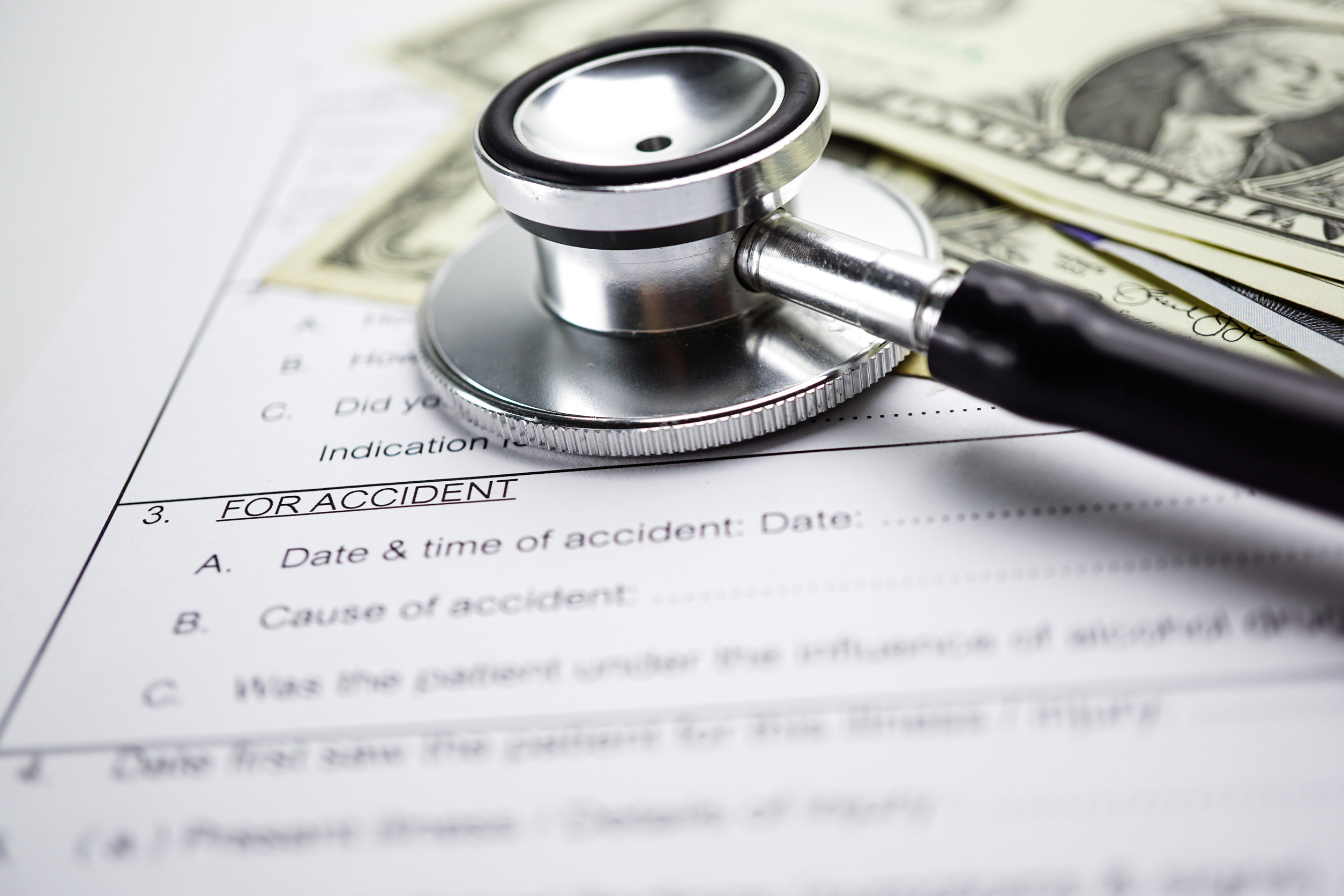By Sadie Wilbur and Shaelyn McHugh
Connected and Content: Strategies For Using Technology in Healthy Ways
For the first time ever, more than half of the world’s population is using the internet, according to the International Telecommunication Union. The United Nations specialized agency estimates that 3.9 billion people, 51.2 % of the global population, used the internet in 2018.
Global internet use 2000–2016 animated gif [OC]
byu/fryktelig indataisbeautiful
Social media use continues to grow exponentially as well. In 2018, it was estimated that 2.6 billion people used social media to connect with one another, engage with news content, share information and entertain themselves. In fact, social media sites recently surpassed print newspapers as a news source for Americans, even though many have concerns about its accuracy, according to a new Pew Research Center survey.
Over the years, many people—from parents and teens to doctors and experts—have expressed concerns about the effects of our online activity. In a survey of 743 U.S. teens and 1,058 U.S. parents, roughly half (54%) of the teens said they spend too much time on their devices, and two-thirds of parents expressed concern over their teen’s screen time. Coincidentally, parents of teens admit that they also struggle with screen time: 36% reported feeling as if they spend too much time on their mobile phones.
New research published in BBC Future explores the negative implications of social media, including sleep issues, an overall increase in stress, and a rise in mental health conditions and addiction to technology.

On the other hand, there is a growing body of research that indicates social media and digital technology can actually be a powerful force for good, if understood and properly managed.
What is clear is that the internet, social media sites and the digital devices on which they operate are here to stay. Therefore, regardless of what type of impact we believe these platforms can have on us, we need to understand, and help others to understand, how to use them productively and responsibly. Here are five strategies to help you use technology in healthy ways:
Create digital boundaries and manage expectations
It can be easy to develop unhealthy habits surrounding social media use. But, as with most things, moderation is key. You can free yourself from technology’s grip by practicing self-awareness critical about when it gets out of balance.
- Schedule time to use social media and time to step away
Being able to scroll endlessly makes it easy for people to look at their phones for longer than needed. The designer of the infinite scroll feature, Aza Raskin, told BBC, “Behind every screen on your phone, they are generally like literally a thousand engineers that have worked on this thing to try to make it maximally addicting.”
Even in moments of quiet, we tend to look at our phones to check emails or social media. While working on a task, checking your devices will lower your focus and increase your likelihood of making a mistake. Though we believe we can successfully multitask, in reality, our brains can only efficiently focus on one thing at a time.
It is possible and sometimes necessary to have your phone nearby to stay engaged in your work. But to maximize your brain’s potential for productivity, it is best to keep them separate. Choose what works for you, whether it’s twenty minutes or two hours, to check your social media. You could even set a timer to pull yourself out before it gets too far, to the point of impacting work productivity, quality of sleep, or even relationships.
- Be clear about what your purpose is for using your device before logging on
The vast majority of the time I decide to check my phone is because I am bored. People turn to their devices for entertainment and information, but also when they are feeling lonely or insecure. If you are someone who enjoys constant consumption of the news cycle, beware of headline stress disorder, where endless distressing news media impacts your mental health. Instead of starting your day with the headlines, listen to a positive podcast to get you excited, rather than pessimistic, about the day ahead. The Optimist Daily is a great, accessible way to lighten things up and put them in perspective.
Practice good sleep hygiene
For everything you need to know about the effects of bedtime screen viewing, have a look at this short video from Business Insider:
Heavy social media use could disturb your sleep patterns, according to a study by researchers at the University of Pittsburgh School of Medicine. The researchers found that young adults who reported spending a lot of time on sites such as Facebook, YouTube, Twitter, Instagram, Snapchat, Reddit, Tumblr, and Pinterest were more likely to report sleep disturbances. While previous studies have found that heavy use of devices may mess with the sleep of children and adolescents, this study is “one of the first pieces of evidence that social media use really can impact your sleep,” said lead author Jessica Levenson. So if you’re looking for better sleep, consider cutting back on social media time.
Turn off your notifications
Notifications are designed to catch your attention. The little red bubble that appears next to an application sends a signal to your brain when you have a new notification. Research has shown that when smartphone users turned off smartphone notifications, they reported lower levels of inattention and hyperactivity than they did during weeks when their notifications were turned on. To help manage your own stress and improve focus, try to make some realistic decisions about what notifications you truly need.
Be present
When out in a public place, or even at home in private, it is instinctual to want to check your phone the second you find yourself alone. Technology can be isolating in this way. Next time, look around, if you are out, make eye contact with someone and smile. You never know what you may find when you look up.
While spending time with friends and family, make agreements to not use your phones. When you meet these goals, you should let yourself indulge in something that is not media related instead, like a delicious dessert you have been craving.
Take time to recharge
I find that when I go somewhere without reception, it’s as if my mind is going through a cleanse. It is refreshing to have the clarity of being somewhere and only have your mind on what is happening at present. Without your devices, you are forced to enjoy where you are and the people around you. And in the process, it is revealed how addicted you may be, or how little time you actually feel the need to spend checking social media.
Although it is a luxury to find the time to disconnect, it is only becoming more and more worth it in today’s world.
In conclusion, we must be intentional in how we use the internet, social media, and digital devices. Key to enjoying the benefits while avoiding the problems is to use these powerful tools sensibly, constructively, and in moderation.
_____
For more on this subject, see this View Article:
Unencumbered: How a week without screens opened my eyes













